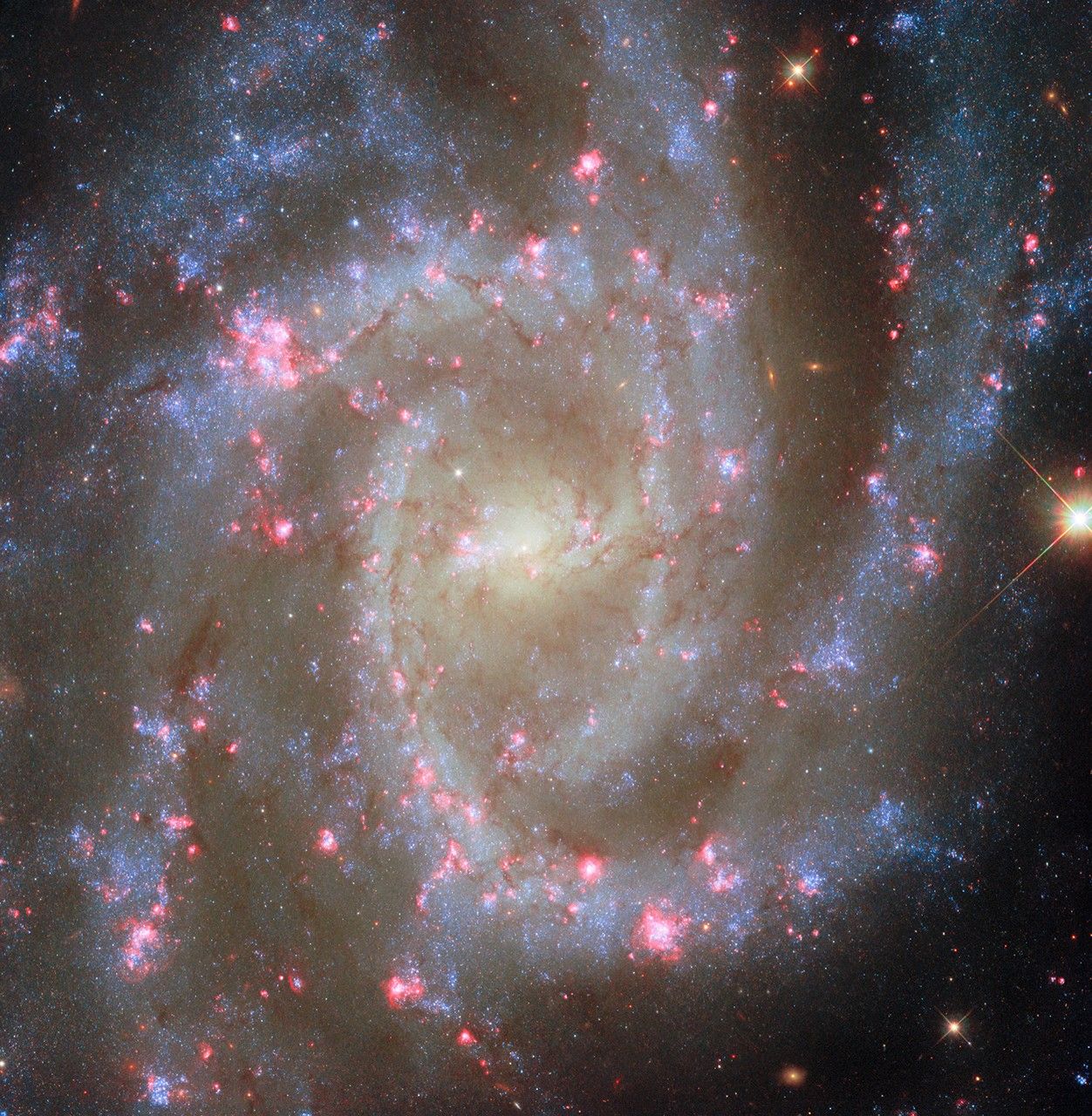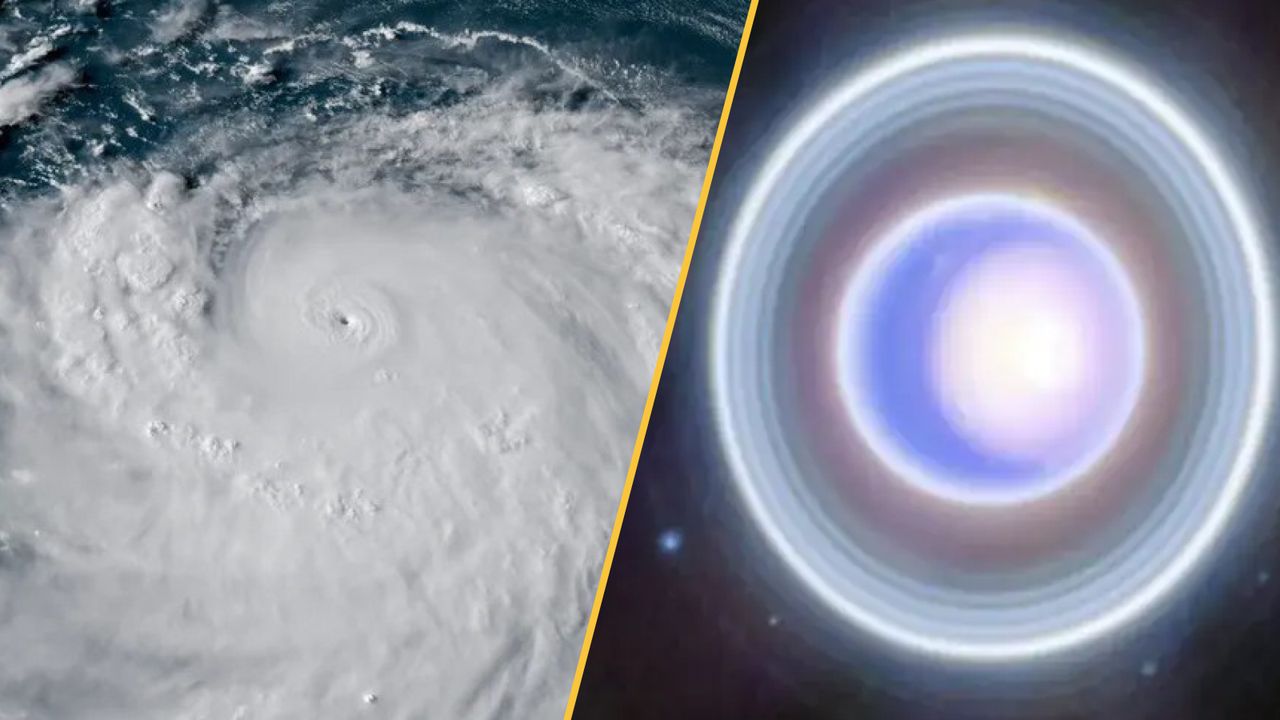Now Reading: India Develops Lunar Environment Test Rig for Space Exploration
-
01
India Develops Lunar Environment Test Rig for Space Exploration
India Develops Lunar Environment Test Rig for Space Exploration

Rapid summary
- LESTR Overview: The Lunar Surroundings Structural Test Rig (LESTR) is a NASA-developed tool that simulates lunar night conditions for testing materials adn hardware for Moon and Mars missions.
- Key Features:
– Operates at extreme temperature ranges (40 K to 125 K) in high vacuum (<5×10⁻⁷ Torr). - Uses a cryocooler instead of traditional liquid cryogens for precise thermal control. - Modular design accommodates testing of components like spacesuits, rover wheels, and electronics.
- Specifications:
– Load capacity: ~10 kN; test volume dimensions: 7.5 by 9.5 by 11.5 inches; maximum cycle rate: up to 100 Hz.
- Applications:
– Cryogenic lifecycle testing (fatigue,durability assessments),static load testing,suspension/drivetrain evaluations,textiles analysis,among others.
- Developed by NASA’s glenn Research Center in Cleveland.
Indian Opinion Analysis
The progress of the Lunar Environment Structural Test rig (LESTR) represents critically important progress in space exploration research and engineering capabilities. By enabling simulation of harsh lunar conditions without reliance on traditional fluid immersion methods, LESTR enhances precision while lowering costs-a critical factor for expanding accessibility to advanced space technologies.For India’s burgeoning space ecosystem under agencies like ISRO, this technology offers insights into potential advancements in material testing processes relevant to India’s own Moon missions (e.g., Chandrayaan). Collaborative opportunities with entities such as NASA could position India advantageously within the global aviation-space sector thru efficient utilization of cutting-edge infrastructure like LESTR.



























